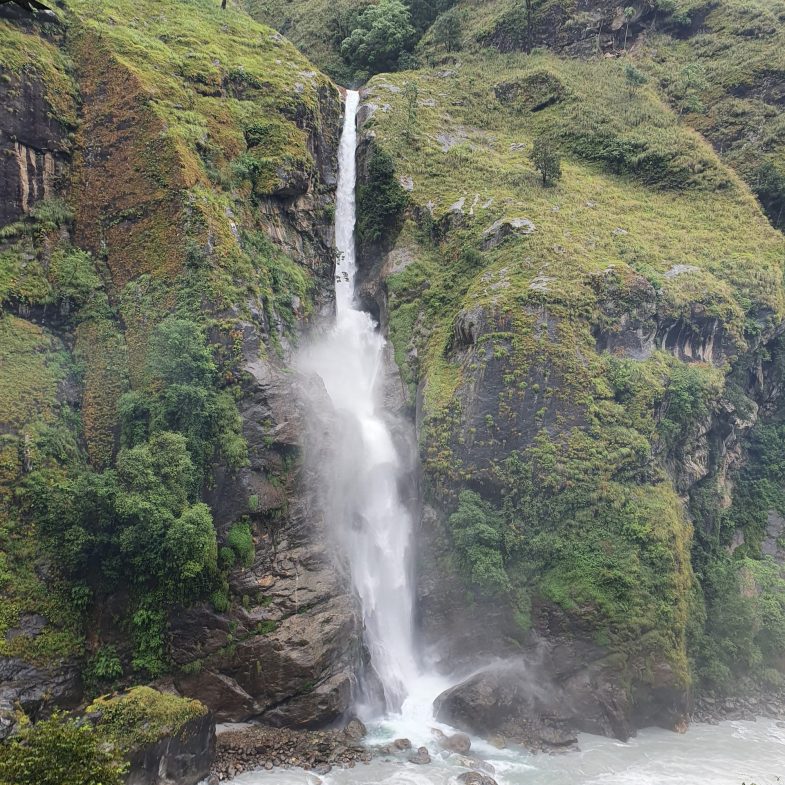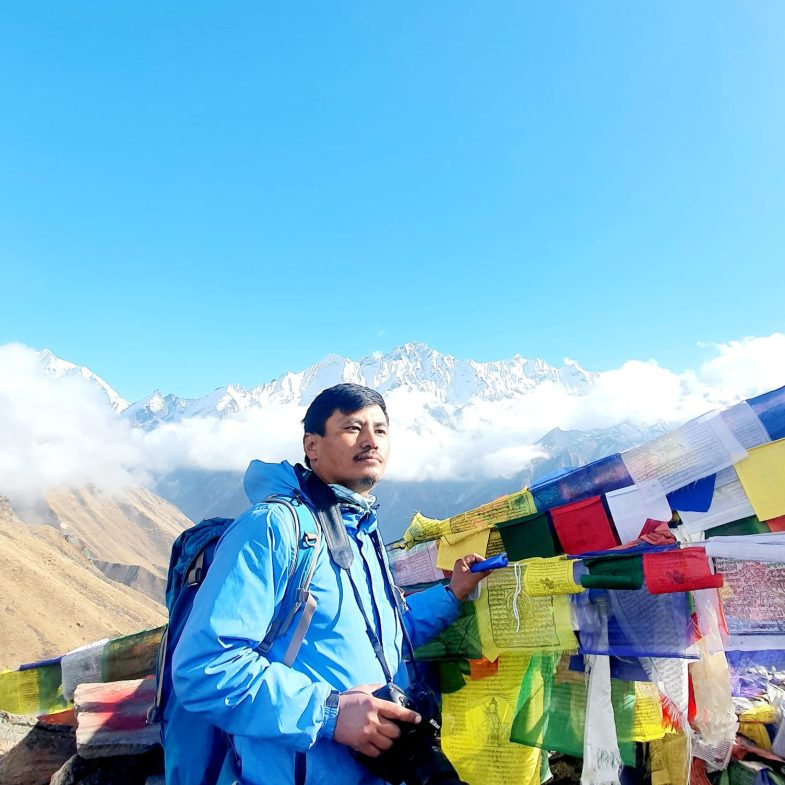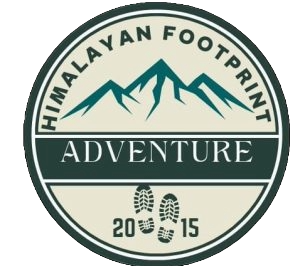Upper Dolpo
The Upper Dolpo Trek in Nepal unfolds a remote and mystical Himalayan adventure. Located in Karnali Province. This trek leads through high-altitude desert landscapes, ancient monasteries, and traditional Tibetan-influenced villages. Renowned for its unique culture and breathtaking scenery, Upper Dolpo offers a rare glimpse into the preserved traditions of the Dolpo-pa people. The journey passes by Shey Phoksundo National Park, home to the stunning Phoksundo Lake. With its challenging trails and rich cultural tapestry, the Upper Dolpo Trek is an extraordinary expedition for those seeking an off-the-beaten-path experience, blending high-altitude wilderness with ancient cultural heritage in the heart of the Himalayas.




The Upper Mustang Trek is a captivating and culturally rich trekking route that takes you into the remote and mystic region of Upper Mustang, located in the northern part of Nepal. Often referred to as the “Last Forbidden Kingdom,” Upper Mustang offers a unique opportunity to explore an ancient Tibetan culture, untouched landscapes, and stunning desert-like terrain.
Duration and Difficulty:
The duration of the Upper Mustang Trek is typically around 10 to 14 days, depending on the specific itinerary and starting/ending points. In terms of difficulty, the trek is considered moderate, suitable for trekkers with a good level of fitness and some previous trekking experience.
Highlights:
Distinct Culture: One of the main draws of the Upper Mustang Trek is its preservation of traditional Tibetan culture. The region was once a part of the Tibetan Empire, and its isolation has helped maintain its unique customs, language, and architecture.
Lo Manthang: The walled city of Lo Manthang is the cultural and historical heart of Upper Mustang. It’s known for its whitewashed houses, narrow alleys, and the King’s Palace. Exploring Lo Manthang feels like stepping back in time.
Buddhist Monasteries: The trek takes you past several ancient Buddhist monasteries, some of which are carved into cliffs. These monasteries are not only religious sites but also repositories of art and history.
Landscape: The landscape of Upper Mustang is stunningly surreal, featuring barren desert-like expanses, dramatic rock formations, and towering cliffs. The region is often referred to as a “desert in the mountains.”
Natural Beauty: Despite the arid terrain, the region holds surprising natural beauty, with colorful rock formations, deep gorges, and the Kali Gandaki River snaking through the valleys.
Permits and Restrictions:
Due to its unique status as a restricted area, trekkers are required to obtain a special permit to enter Upper Mustang. The permits are more expensive than those for other trekking areas in Nepal.
Best Time to Trek:
The best time to undertake the Upper Mustang Trek is during the pre-monsoon (spring) season (March to May) and post-monsoon (autumn) season (September to November). During these months, the weather is generally stable, and the skies are clear, offering the best views of the stunning landscapes.
Cultural Sensitivity:
As Upper Mustang is a culturally sensitive area, trekkers are expected to respect local customs, traditions, and religious sites. It’s advisable to dress modestly and seek permission before photographing locals or their properties.
The Upper Mustang Trek provides a unique opportunity to explore a hidden corner of the Himalayas where ancient culture, stunning scenery, and remote lifestyle converge, making it a truly extraordinary trekking experience.
Included
- Experienced Guide
- Porter Service
- Three Meals Daily According to Guest Preferences
- Three Daily Hot Drinks
- Seasonal Fruits
- All Necessary Equipment
- Covered Transportation Costs During the Program
- Airport Pick Up & Drop Off
- Accommodation Throughout the Trek
- Sightseeing at UNESCO World Heritage Sites
- Accommodation in Kathmandu (Tourist Standard Hotel/Star Hotel)
- First Aid Support
- Provision of Trekking Gear if Needed (Crampon, Ice-Axe, Rope, Oxygen Cylinder, Sleeping Bag, Hot Water Bag)
- Staff Insurance (Guide, Assistant Guide, Porter, Cook, Assistant Cook)
- Food and Accommodation for Field Staff
- Equipment for Staff
Not Included
- Tips For Nepali Field Staffs (In Nepal, tipping is a customary practice in tourism, and trekkers usually anticipate receiving tips from clients at the program’s conclusion. Typically, we suggest offering 10-15% in tips to the guide and other field staff.)
- International Flight
- Travel Insurance & Visa Fees
- All Beverages
- Extra Expenses (Personal Shopping, Personal Transportation, Additional Activities not included in the program)
Clothing:
- Outer Shell Jacket: Waterproof and windproof jacket for protection against the elements.
- Hiking Pants: Comfortable, moisture-wicking pants that are easy to move in.
- Rain Pants: Waterproof pants for rain and wet conditions.
- Gloves: Insulated gloves for warmth and protection.
- Hat: Warm hat to cover your head and ears.
Footwear:
- Hiking Boots: Sturdy, comfortable hiking boots with ankle support.
- Socks: Moisture-wicking and warm socks. Consider bringing a few pairs.
Accessories:
- Backpack: Comfortable daypack to carry your essentials.
- Sunglasses: UV-protective sunglasses with good coverage.
- Sunscreen: High SPF sunscreen to protect your skin from high-altitude sun.
- Lip Balm: With SPF to prevent chapped lips.
- Headlamp: Essential for any early morning or late evening activities.
Sleeping Gear:
- Sleeping Bag: Warm and suitable for the expected temperatures.
Hydration and Nutrition:
- Water Bottles: Carry water bottles to stay hydrated.
- Snacks: Energy bars, trail mix, and other high-energy snacks.
- Water Purification: Water purification tablets or a filtration system.
Miscellaneous:
- First Aid Kit: Including basic medications, bandages, blister treatment, etc.
- Personal Identification: Passport, permits, and any other necessary documents.
- Camera: If you want to capture the breathtaking views.
- Power Bank: To keep your electronics charged.
- Toiletries: Toilet paper, hand sanitizer, and other personal hygiene items.
Optional Gear:
Trekking Gear Rental: You can rent some equipment in Nepal, such as sleeping bags and trekking poles.
Portable Altitude Chamber (PAC): For altitude-related emergencies, if you’re concerned about altitude sickness.
